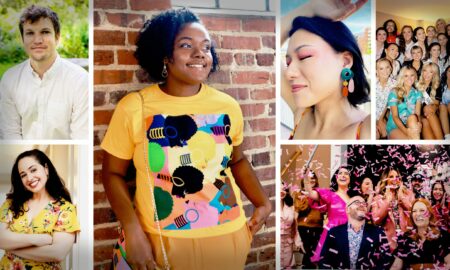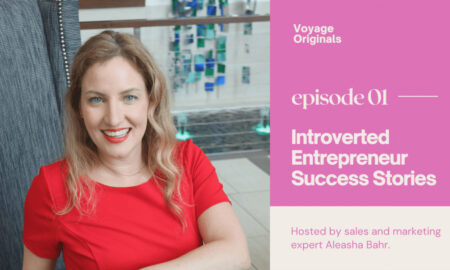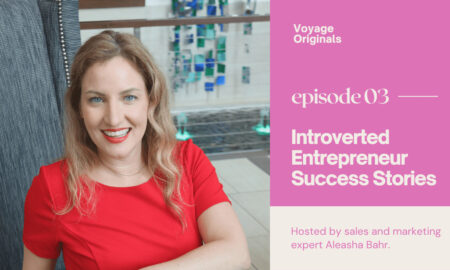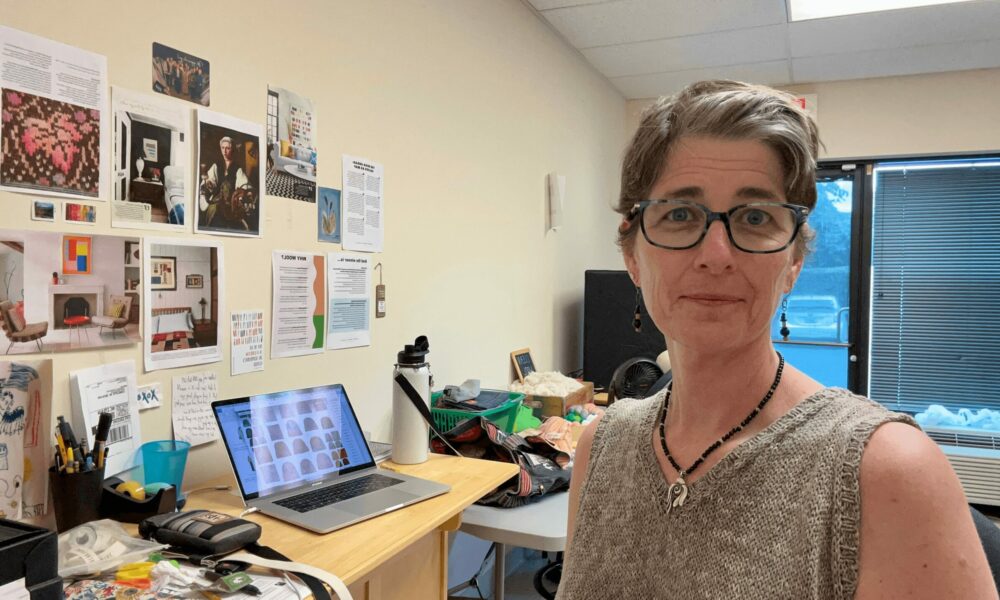

Today, we’d like to introduce you to Ladianne Henderson.
Hi Ladianne, please kick things off for us with an introduction to yourself and your story.
I come from a long line of crafters, makers, and artists. We have musicians, painters, needleworkers, sewists, knitters, and crocheters in our family. When I was very young, my father designed and painted NeedlePointers needlepoint canvases for a company called Sunset Designs, and my mother designed the stitchwork for them.
Several years ago, I discovered that my great-grandparents had a sheep ranch in Montana, where my grandfather grew up. More recently, I received the most interesting note from someone on the Ancestry app. The user, an Irish immigrant to the United States, said, “I notice you have my Irish family tribe amongst your ancestry with Kirlin. Kerlin, Carland, Garland, Krellin, and Kurlin are variants among the many variant spellings I see on so many USA ancestry trees.”
The O’Caireallean were from the Clan Dhairmid, which originated in County Donegal and is from whom we all descend. The name O’Caireallean, translated from the Gaeilge language, means “a wool comber,” and the name would have been adopted when the English insisted that family names were essential for the collection of taxes in the 11th century.
I started my creative journey in classical music but eventually moved into visual art. Most of the information about my family was unknown to me when I started my career as a visual artist 20 years ago. When Sheri, my wife/partner, and I decided to go into the yarn business in 2015, I was still largely unaware of it all. But as we have very intentionally moved toward our goal of working solely with USA-raised, processed, and spun fiber and yarns, the connections to my family history and my wife and partner’s family history have unfolded.
After working with yarn for a number of years, we decided it was time to add the hand-dyeing of American-made wool fashion accessories to our lineup. That’s how WoolTribe came about, and since then, we have updated the branding on all of our products – fashion accessories under the name WoolTribe and our line of artisanal, small batch, hand-dyed yarn and fibers under the name WoolTribe Yarn.
Our journey and my personal path of discovery have been incredibly fulfilling – even through the most challenging times. Knowing that we have generations of ancestors who worked in wool, farming, and needlecraft makes our work that much more meaningful. And being part of the beautiful resurgence in American fashion manufacturing, and in particular, American wool and cotton, has been incredible.
We all face challenges, but looking back, would you describe it as a relatively smooth road?
The road has been full of ups and downs. When my wife/partner Sheri Osborne and I got into the yarn business by opening a retail yarn store in 2017, we had to learn as we went. There were moments of intense celebration and other moments of intense frustration as we made our way through the first two years of our business.
We really felt like we were hitting a good point just before the Covid-19 pandemic hit. In December 2019, we decided to start hand-dyeing our own line of yarn to sell in our shop. We requested American wool yarn from our local mill, and when they began offering it in early 2020, we were their first wholesale customers for undyed American wool yarn made with Shaniko Wool Company Merino & Rambouillet blend. Of course, right after we introduced our hand-dyed yarn line, we had to shut our store down for two months as Covid took over all of our lives.
Reopening had its own challenges, and it was through the support and caring of our customer base and the grants we won from the Foundation for the Carolinas and the Sara Blakely Spanx Foundation that we were able to keep going. Throughout that time, we actively searched for a new building as the lease on our retail space was set to end in May 2022.
Anyone who dealt with commercial real estate between 2019 and 2022 knows it was unbelievably difficult. Ultimately, we bought a commercial lot with the intention of building. We discovered that rising materials and building costs, coupled with local and town ordinances that would have required investment in unexpected site improvements, would make the building unaffordable, so we had to put that plan on hold. We have been in our current rental studio space for a year and are looking toward our next step.
At the same time, we were going through all of that, I was selected as a Tory Burch Fellow. The Tory Burch Foundation has an incredible fellows’ program for women entrepreneurs. Each year, 50 women are selected to participate in the program. I could not be more honored or grateful to be part of that program.
Once you are a fellow, you’re a fellow for life. That means that while we have been through some challenges, we will never go through business challenges entirely alone again. There is no way to measure the value of the genuine support of your peers.
Alright, so let’s switch gears a bit and talk business. What should we know about your work?
I have a Master of Fine Arts in Interdisciplinary Arts. The program I attended at Goddard College in Vermont, an institution currently undergoing some significant changes, was phenomenal. I’ve always been a multidisciplinary artist, working primarily in the forms of music, poetry, and visual art.
However, until graduate school, I didn’t feel that the facets of my creative work had coalesced in any significant way. Graduate school gave me the opportunity to explore the translation of ideas between forms of expression. Just before graduate school, I took continuing education courses in philosophy at Oxford. That work, combined with the research and explorations I did during graduate school, has helped me redefine my approach to my creative work.
What I’m “known for” really depends on who you ask. I’m a published poet and exhibited artist. I’ve also worked as a jazz vocalist with some amazing players in Charlotte, NC. Now, I am the Creative Director at WoolTribe. It’s my job to bring my experience with words, visuals, color, and composition into my work as a dyer, designer, and marketer. Through that work, I am exploring and expressing ideas about sustainability and circular fashion. I continue to do visual work on paper, as I have since the late 1980s but have not sought an exhibition for that work in some time.
Currently, a reclaimed jacket I embroidered with my illustration, paired with an upcycled vintage sari skirt and reclaimed denim belt/pouch, is on display at the Cain Center for the Arts in Cornelius, NC. Knowing that I am doing work that not only acknowledges but also leans into the need for sustainability in every industry – including art – helps me move forward creatively.
For me, it would be easy to become frozen, in light of all of the issues facing our planet, but working with reclaimed, regenerative, and circular materials helps us not only engage in creative expression but also tell an updated story of luxury fashion through the lens of our company, WoolTribe, and our amazing supply community.
The bottom line in all of this is that none of it would be enjoyable without my partner. Sheri is an incredible force in our business, keeping us moving forward and keeping us on track. Her dedication and drive as a business partner is invaluable. And being able to go home at night and still like each other is an incredible blessing. We are grateful we can do all of this journeying through WoolTribe together.
Let’s talk about our city – what do you love? What do you not love?
What an interesting question – “What do you like best about our city?”
As the child of a navy family, born in Chula Vista, California, I learned early on that when you are a military kid, there’s no such thing as “our city.” You’re either from a place or you’re not. Well, at least that’s what the “locals” would say. But as I’ve achieved more patina, I’ve come to appreciate the fact that when you move around a ton as a kid, you learn that we are all guests in some way. We’re here temporarily, and our presence on this planet is in the form of guests.
That said, I’ve lived in the Charlotte, NC, area longer than I have lived anywhere else in my life. So, I call it home. I’ve traveled all over the world since moving here in 1997, and the things I love most are the cultural blooming of the city, the phenomenally beautiful tree canopy our city has, and the beauty of having room to breathe here. We’re a growing city, but we’re not so crowded that you can’t find a place to have a quiet moment alone.
And our city’s incredible artistic and cultural community has just really grown. Programs like ArtPop Street Gallery and the new Cain Center for the Arts, among so many other incredible offerings in our area, have created a deep groundswell of support for creative programming. I have been an ArtPop artist twice – and have had the benefit of seeing my artwork on billboards and signage across the city. In 2019, during my second ArtPop experience, I was the first artist to have knitting showcased on an ArtPop billboard.
If there is one thing, I’d have to say I like least about our area, it’s the fact that many of the landmarks and green spaces have disappeared. I have painted buildings that are gone, pastures that have been bulldozed to make room for new neighborhoods, and landscapes that are now unrecognizable. While change has to happen, I think careful consideration and slow growth are key.
Contact Info:
- Website: https://www.wooltribe.co/
- Instagram: https://www.instagram.com/wooltribe
- Facebook: https://www.facebook.com/wooltribe.co
- Linkedin: https://www.linkedin.com/in/ladianne/
- Youtube: https://www.youtube.com/@WoolTribe/videos
- Other: https://ladianne.com/
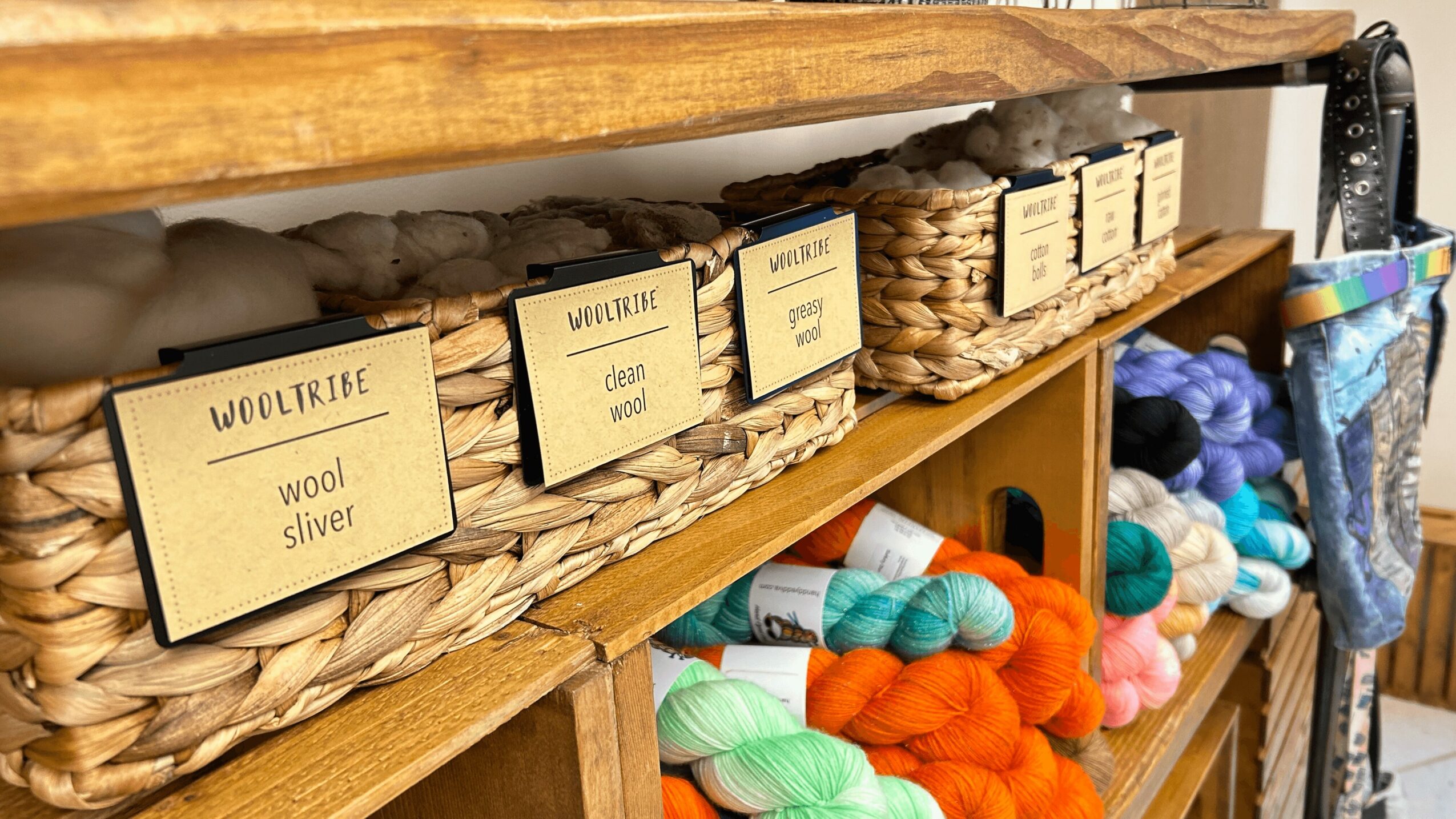
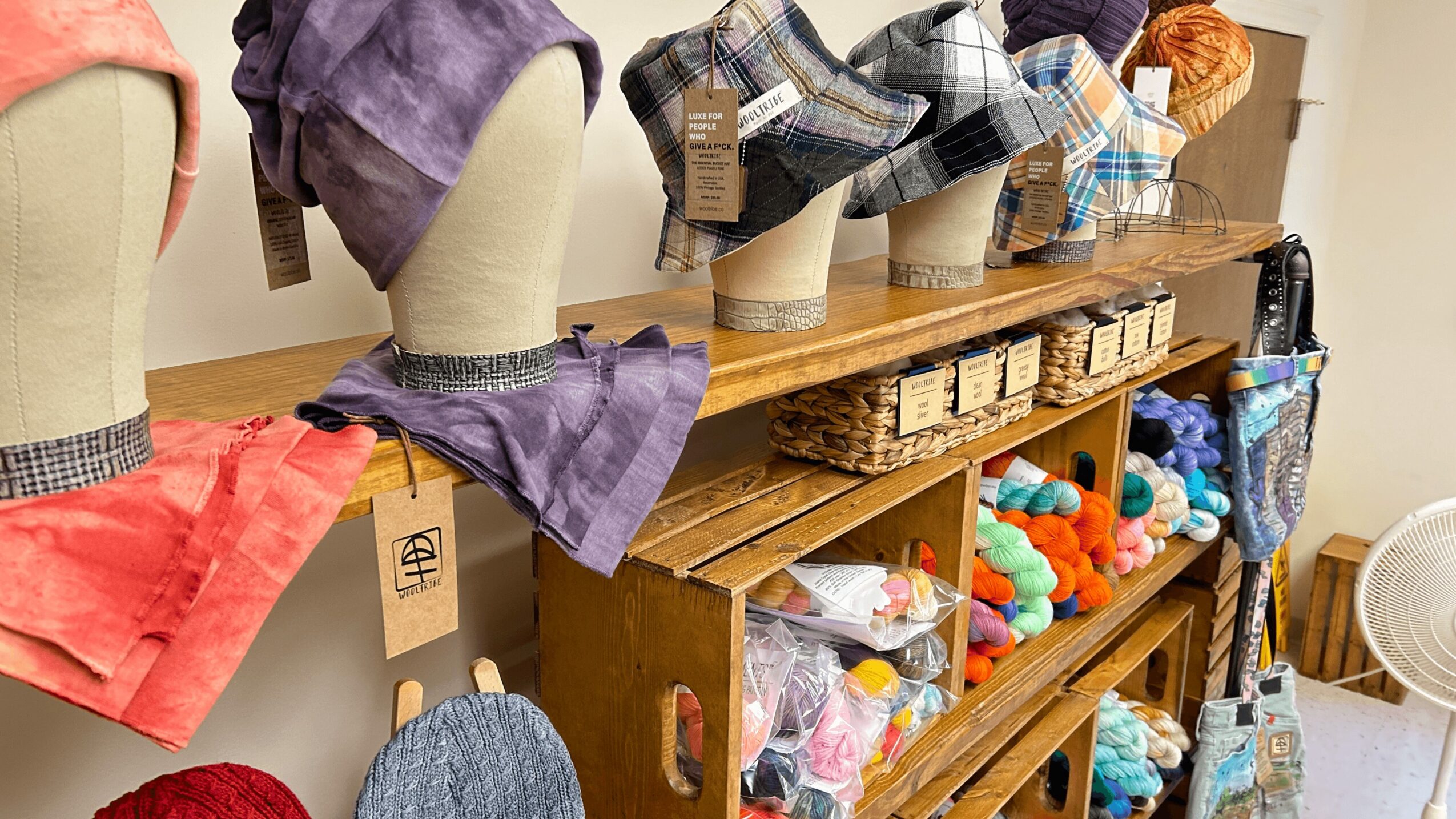
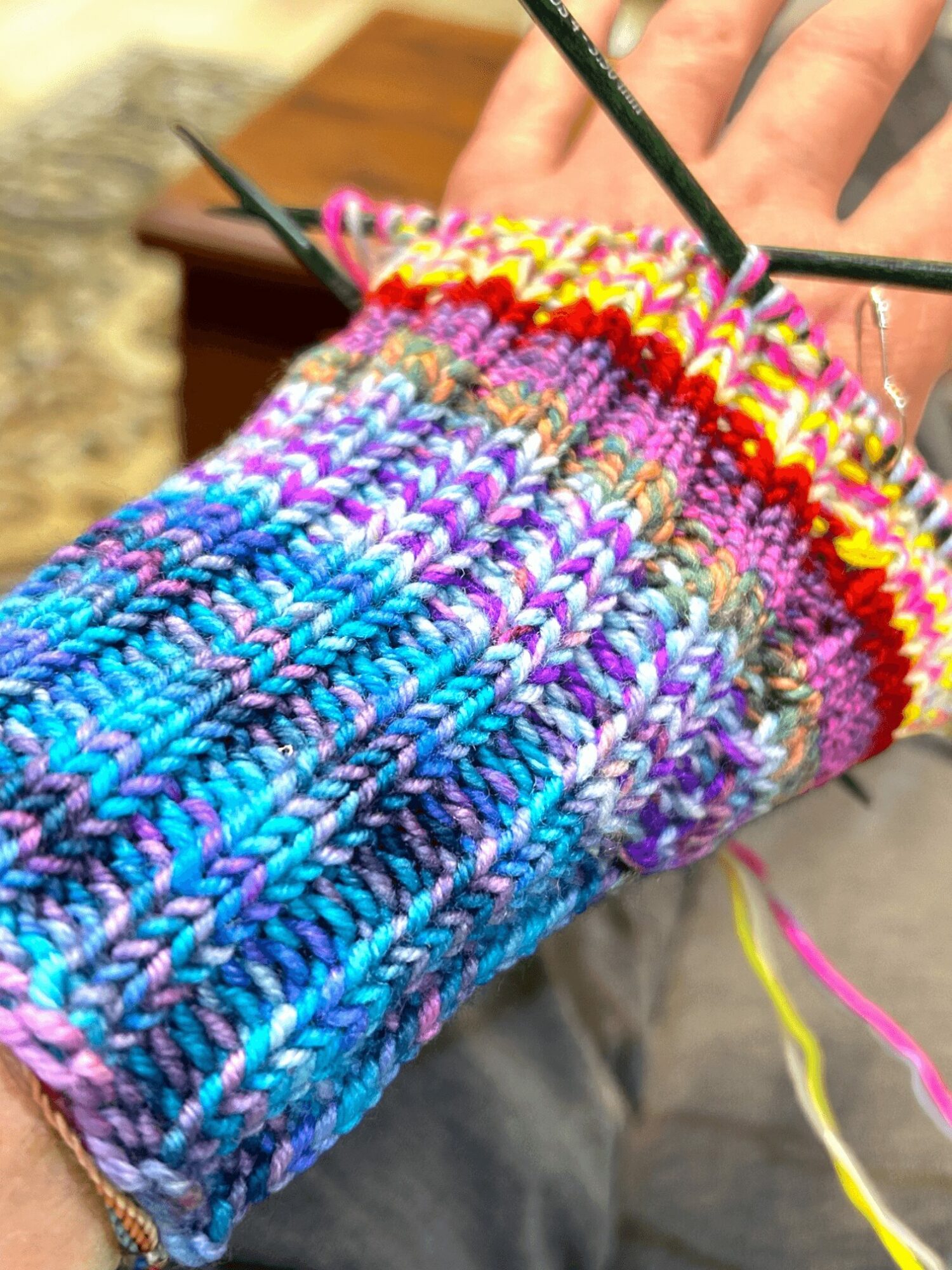
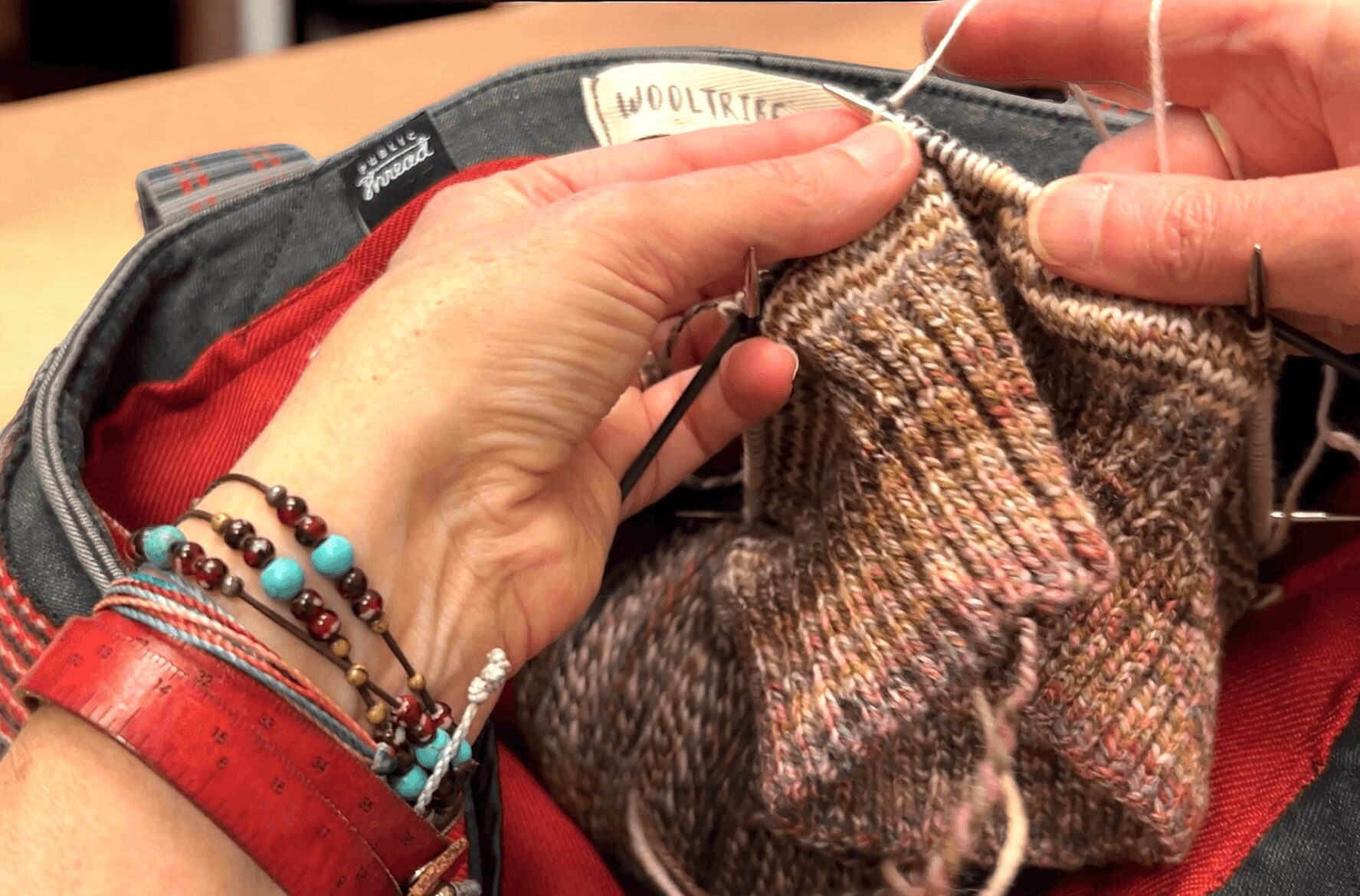

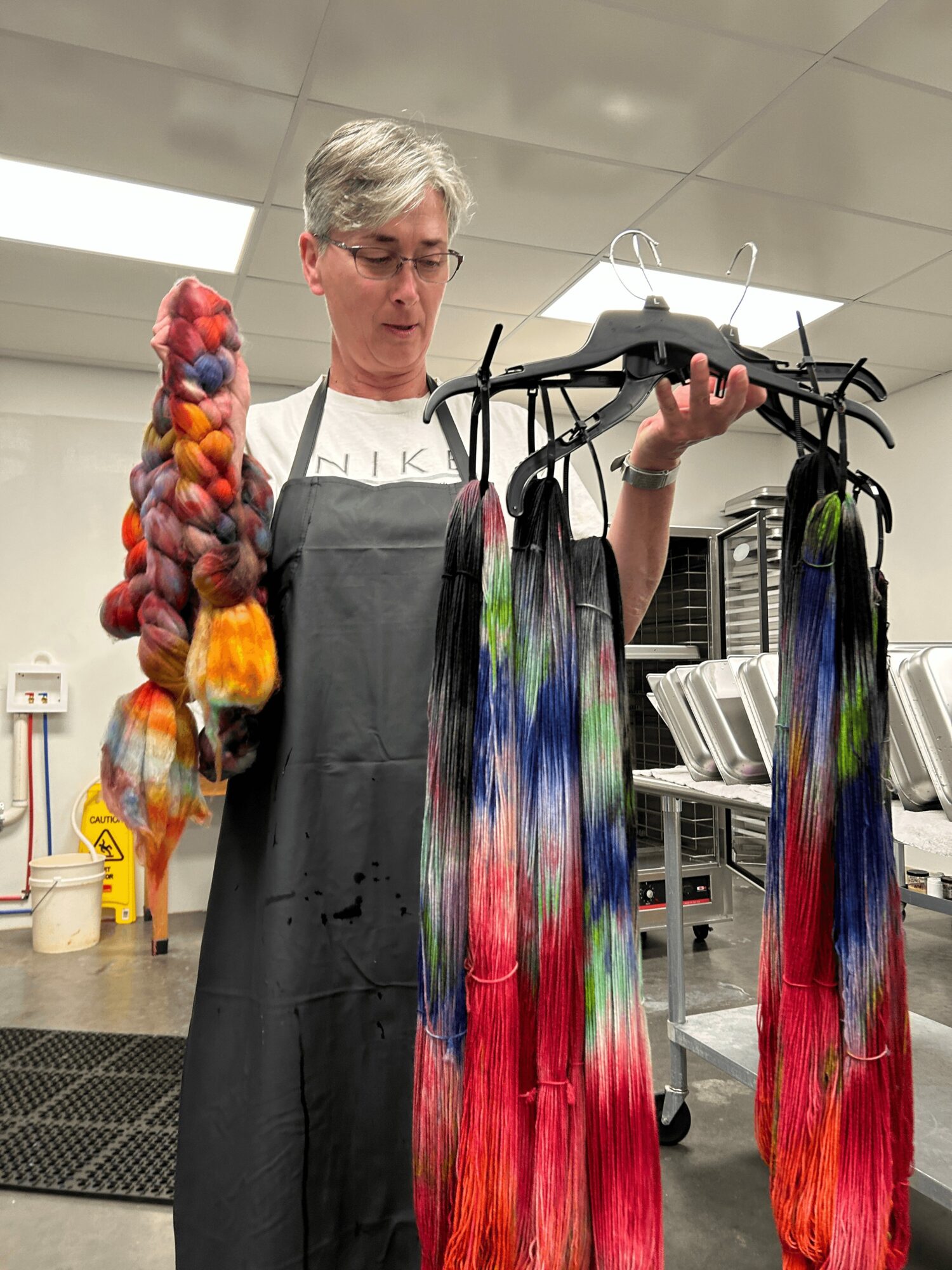
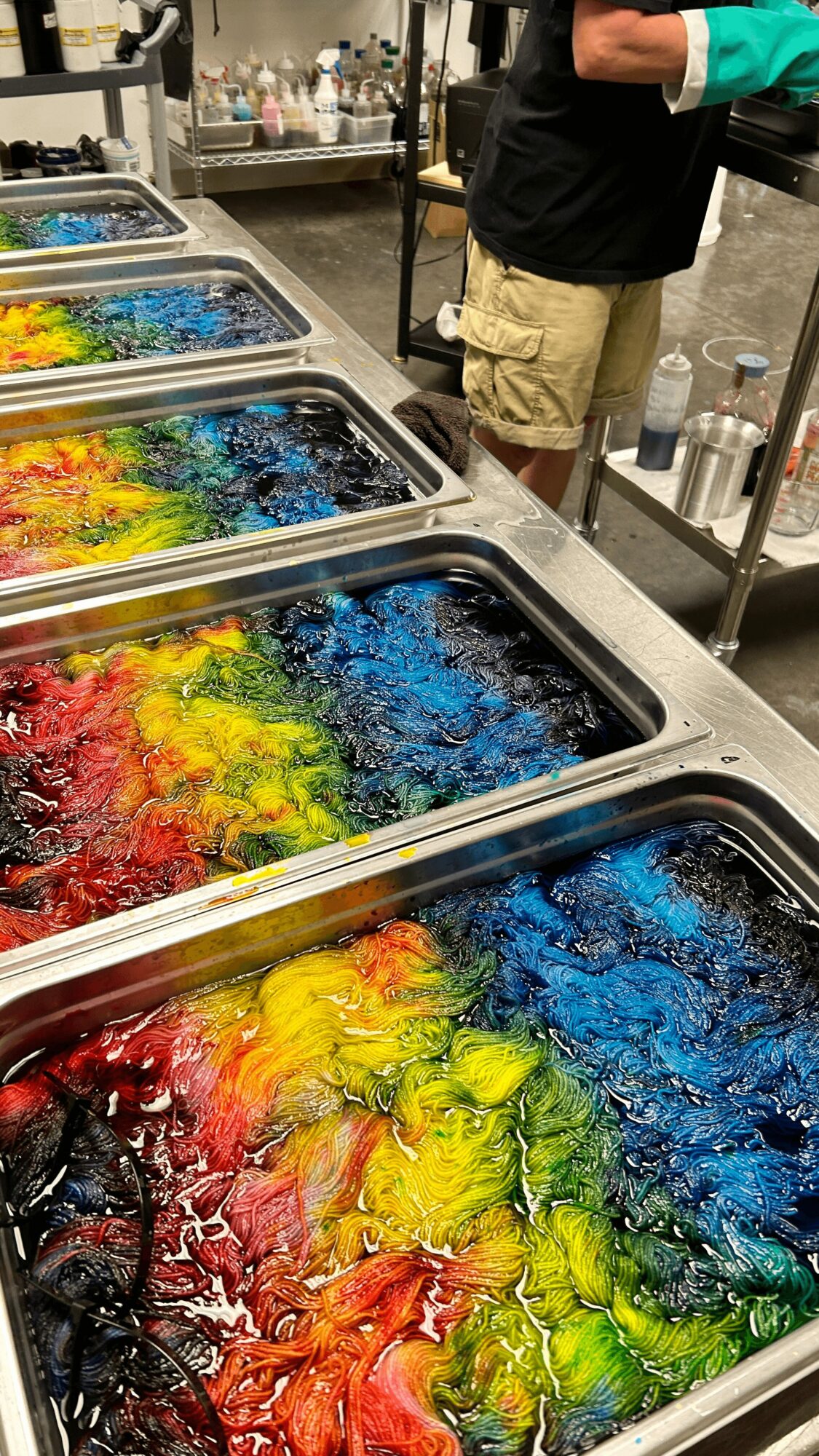
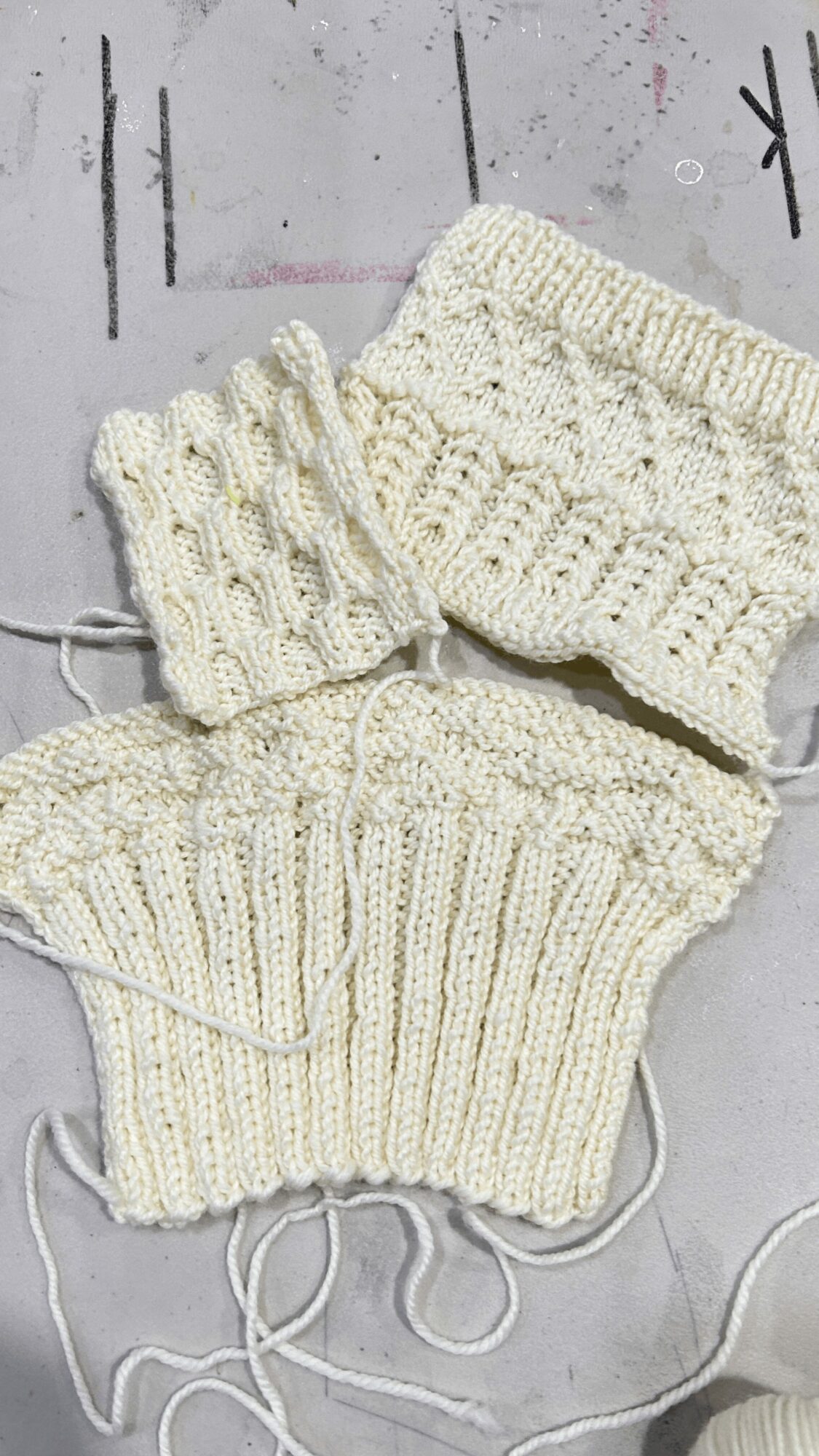
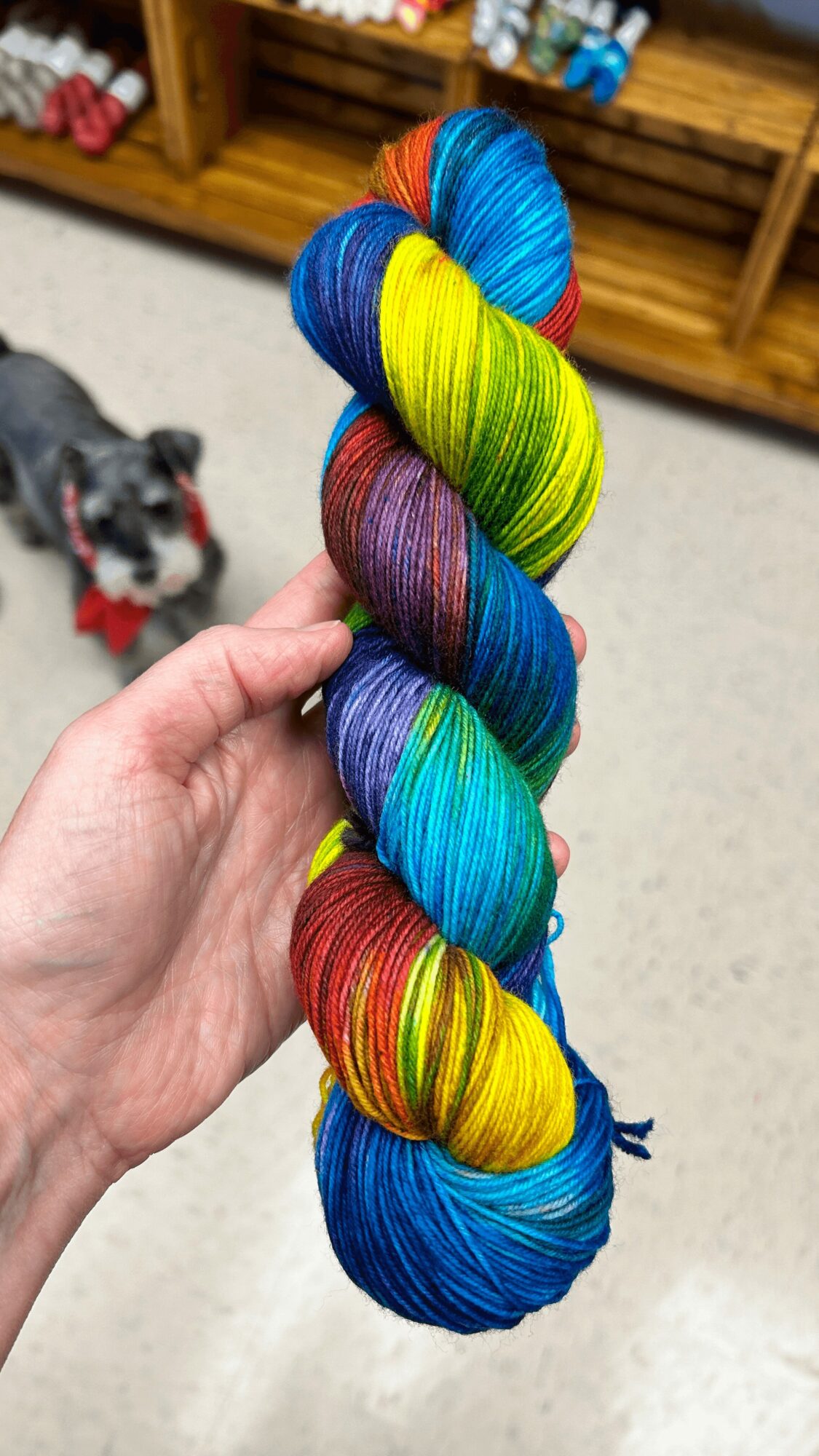
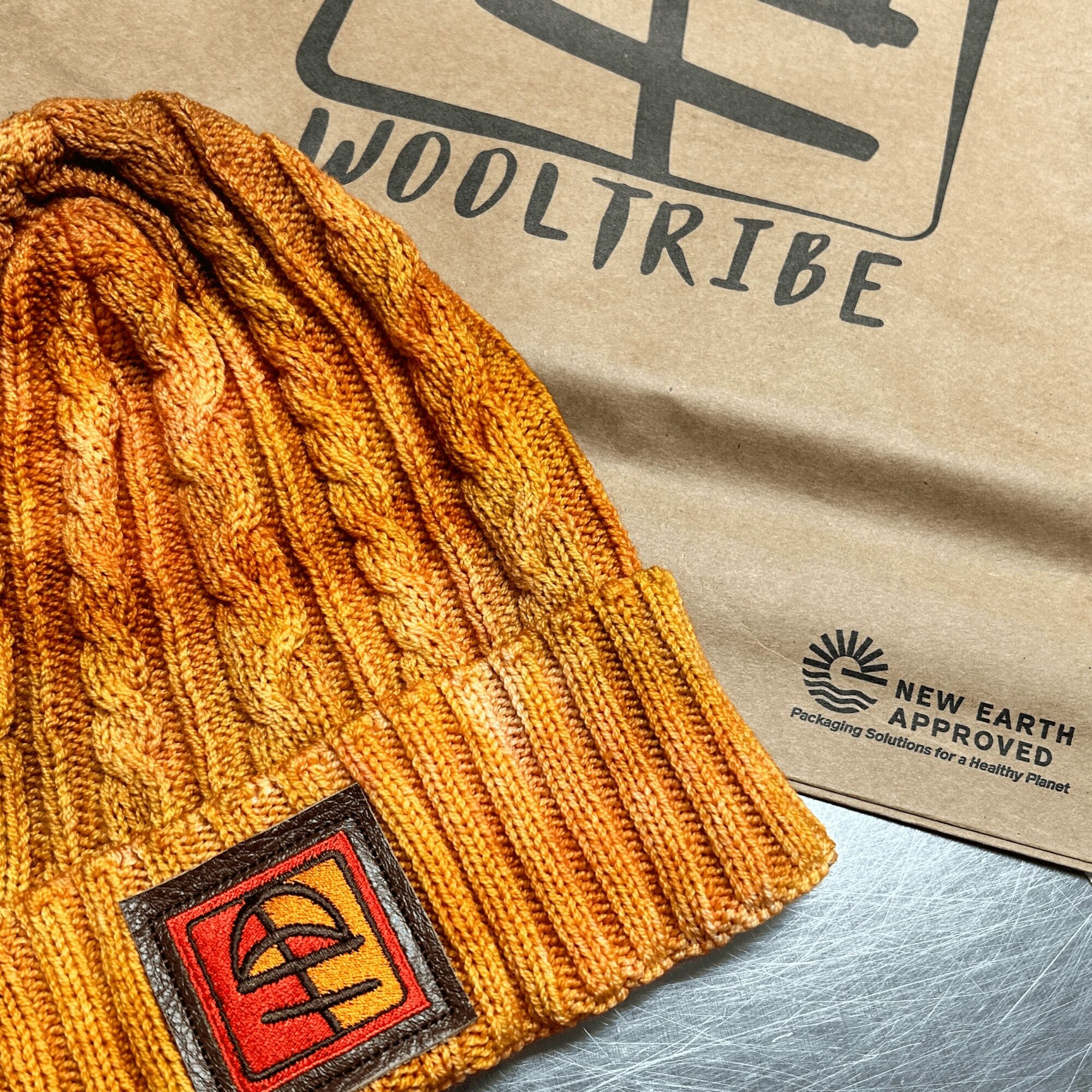
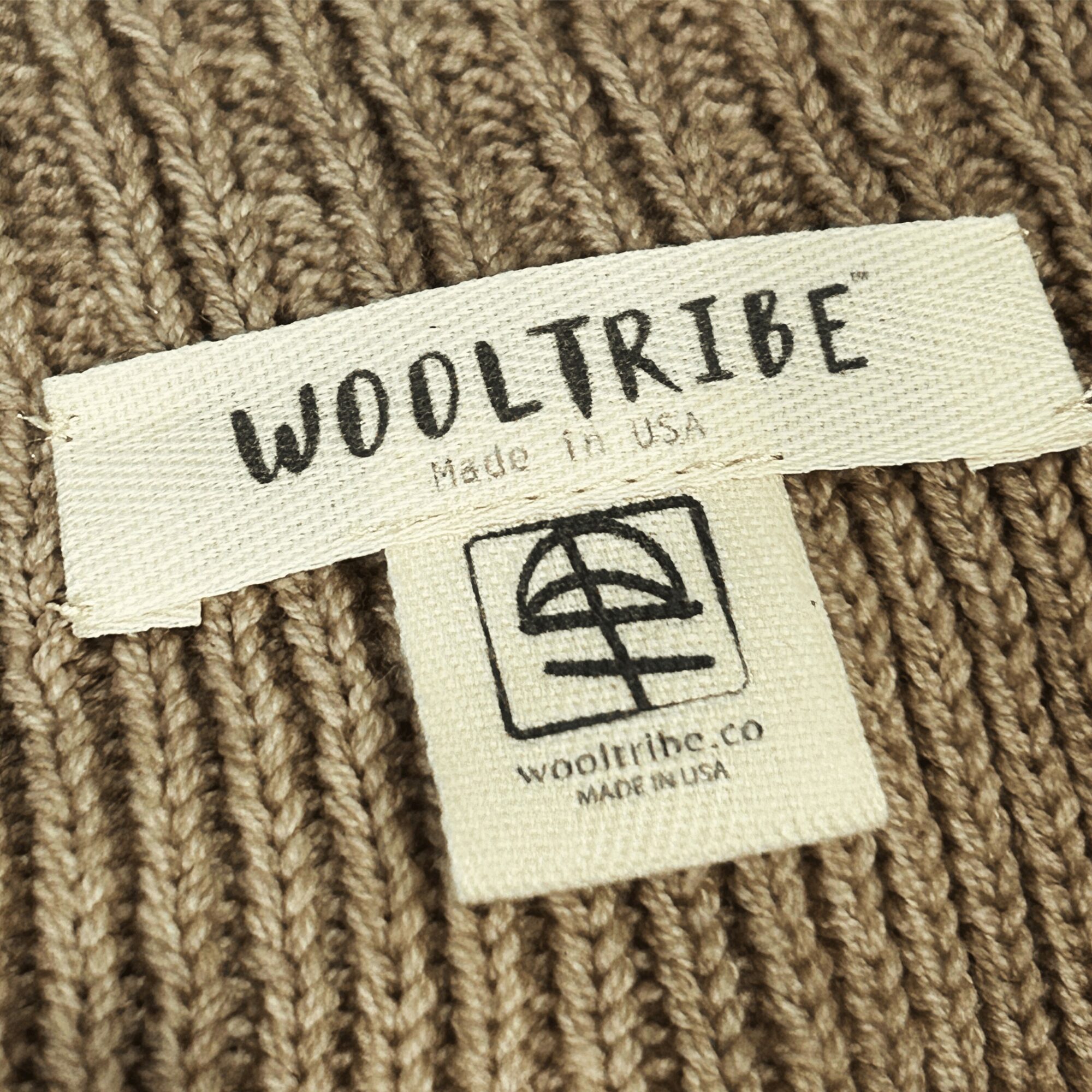
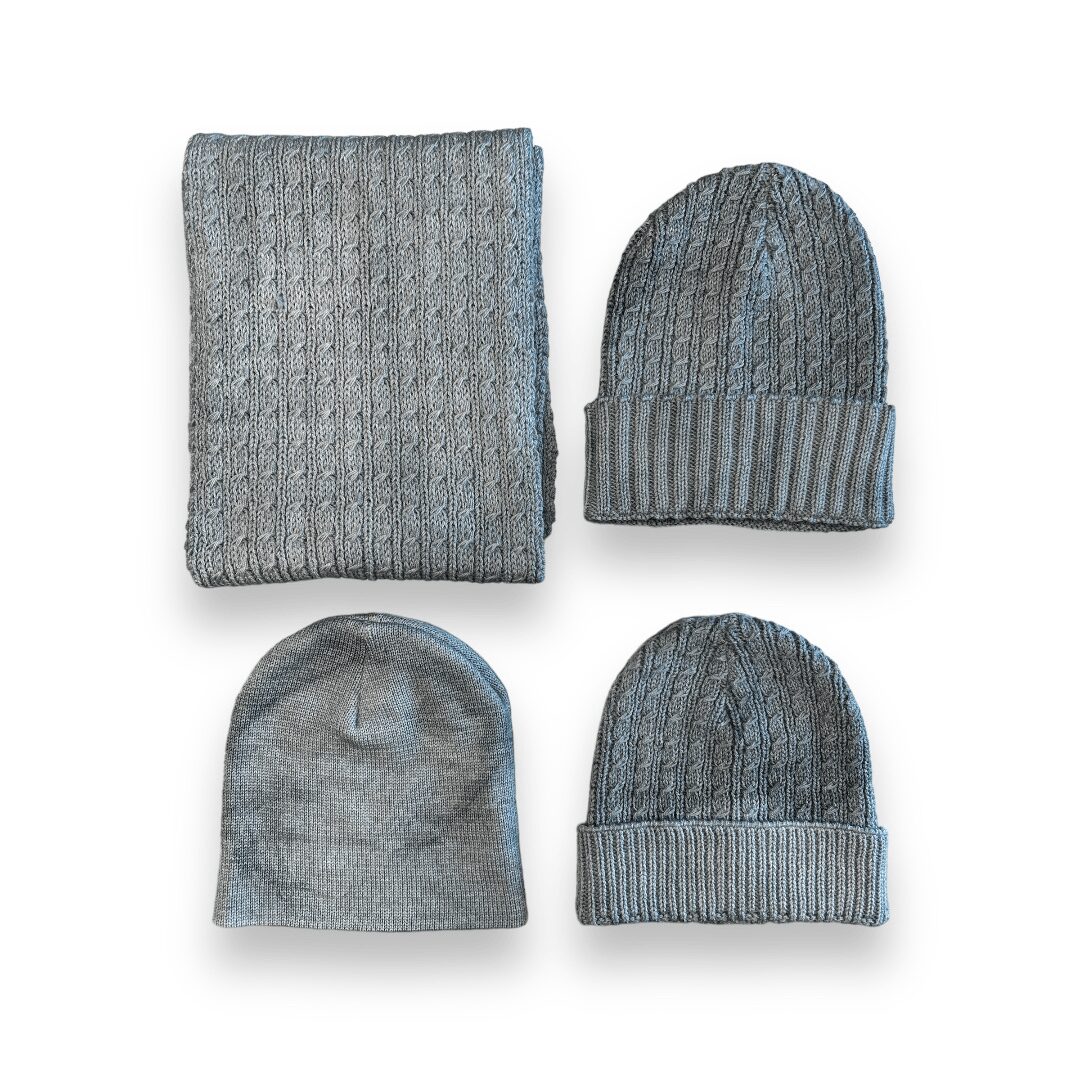

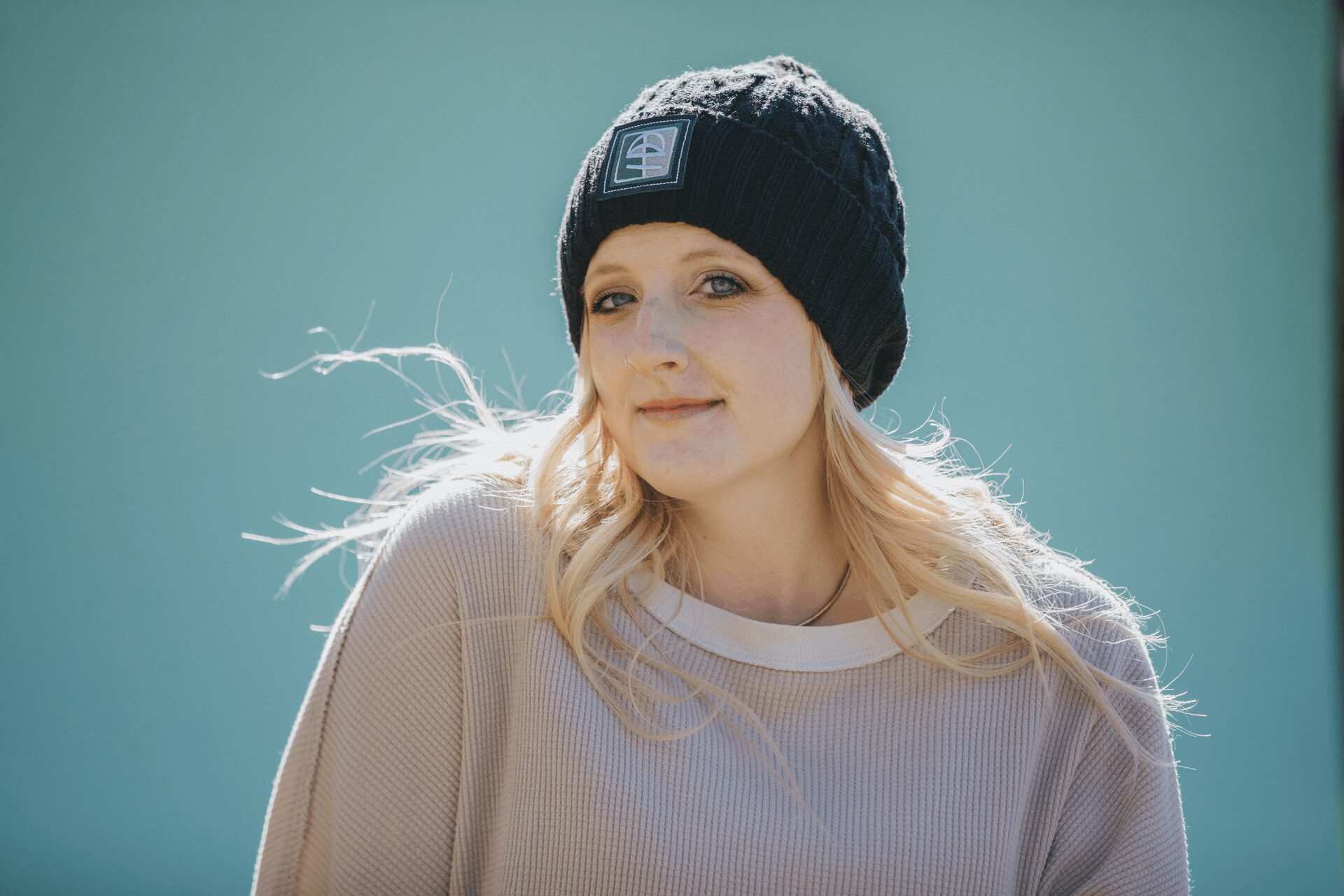
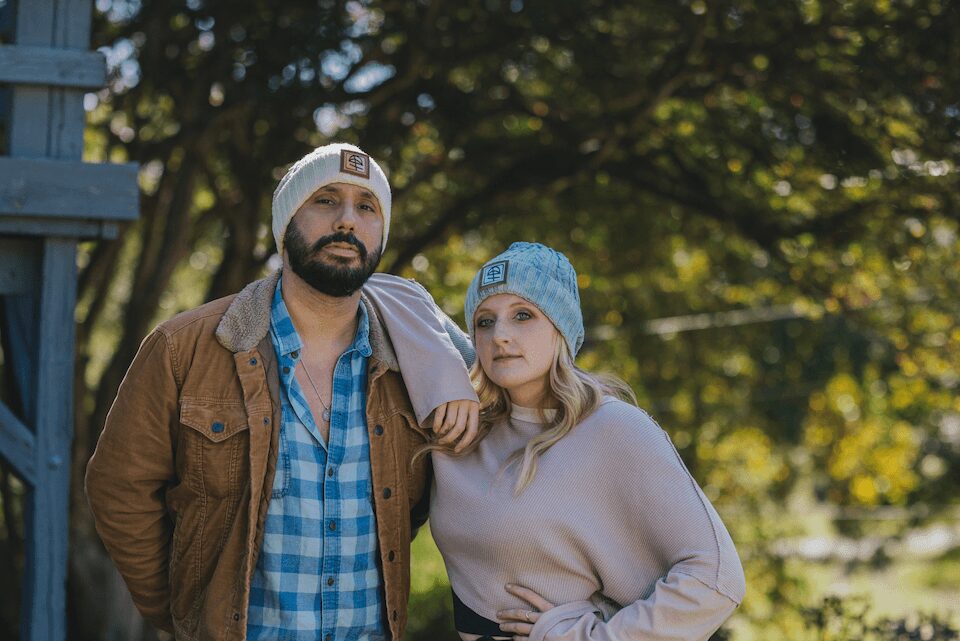
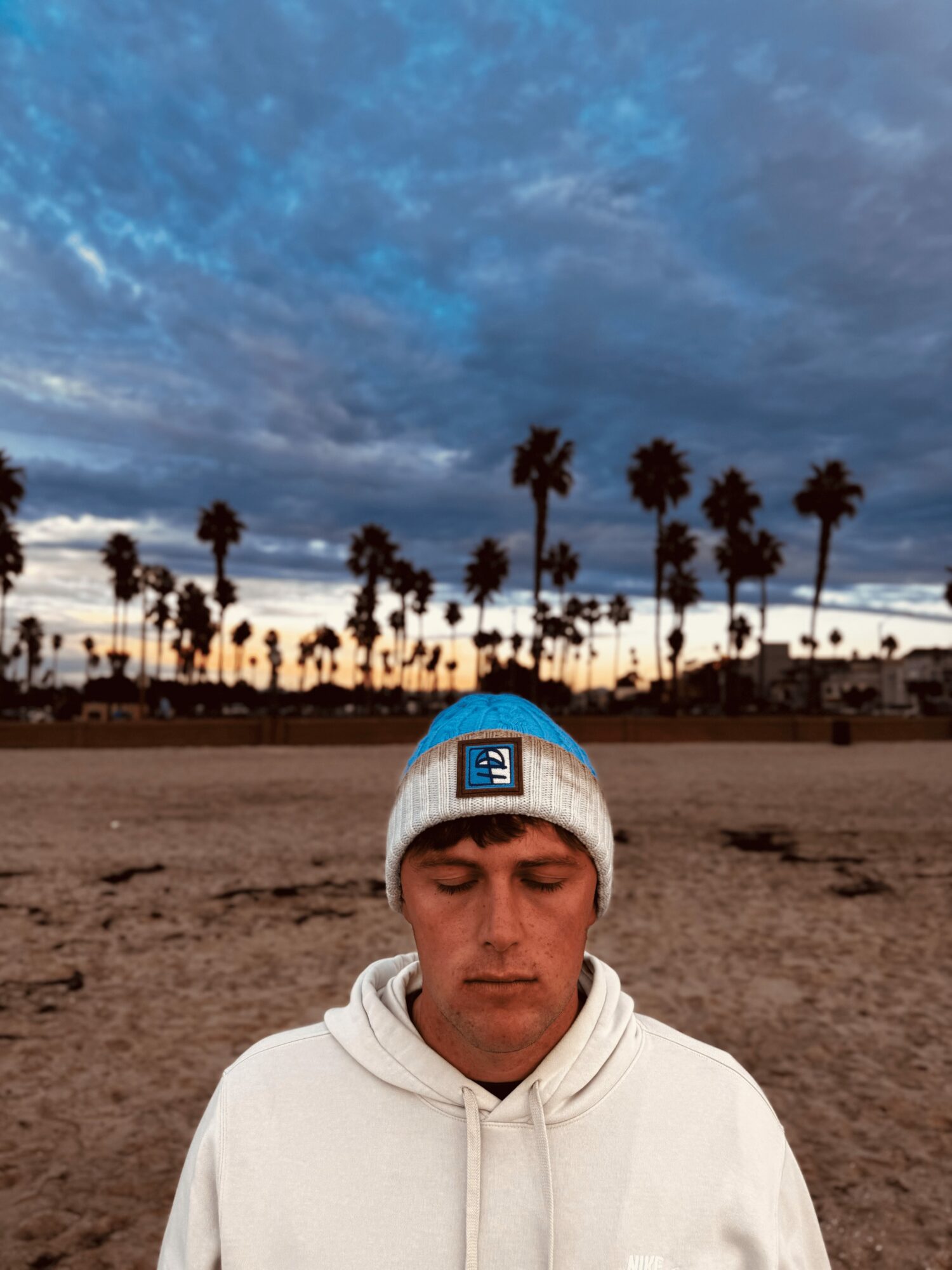
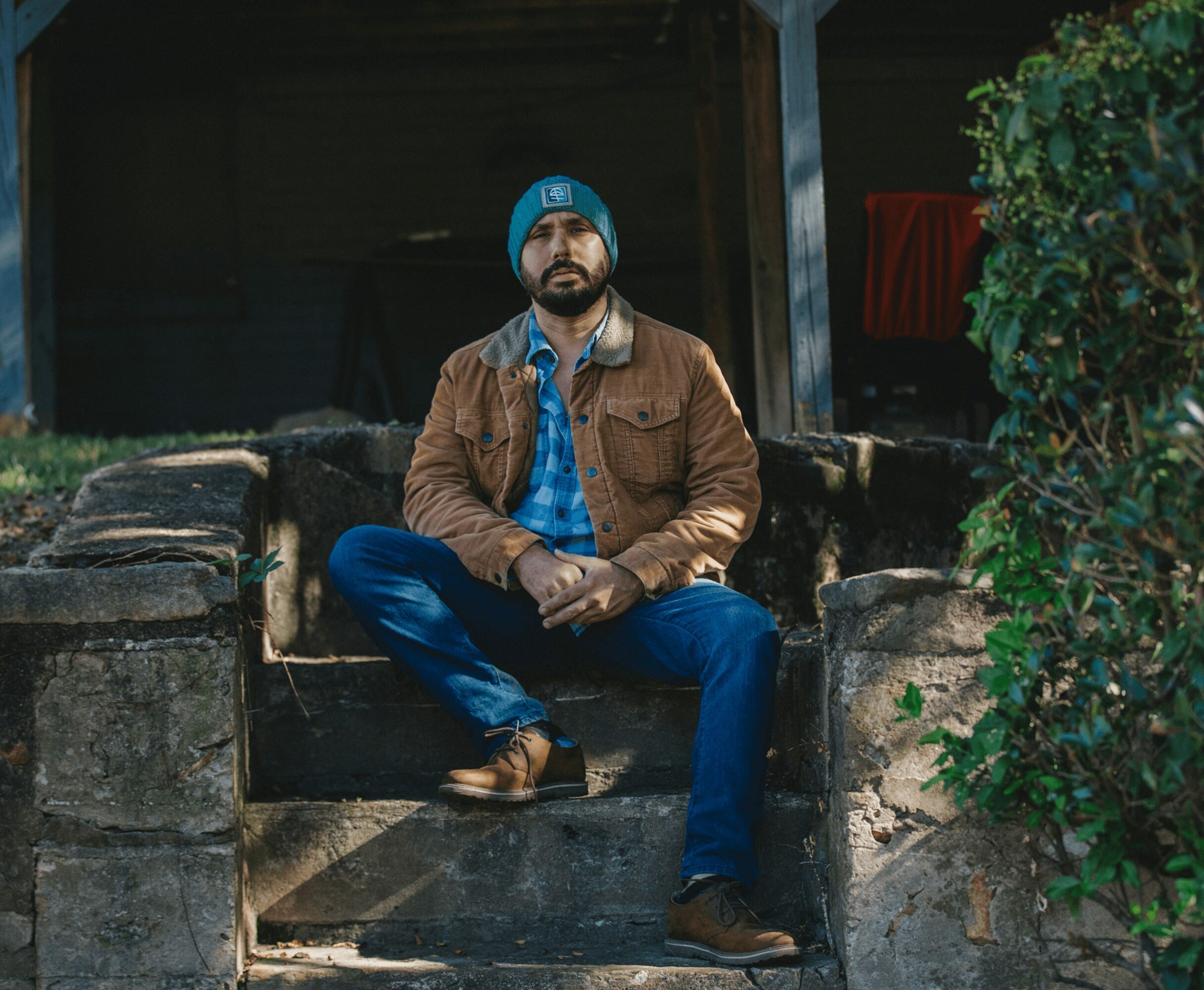 Image Credits
Image Credits
Ladianne Henderson, Zachary Mandel, and Hamilton Ward

